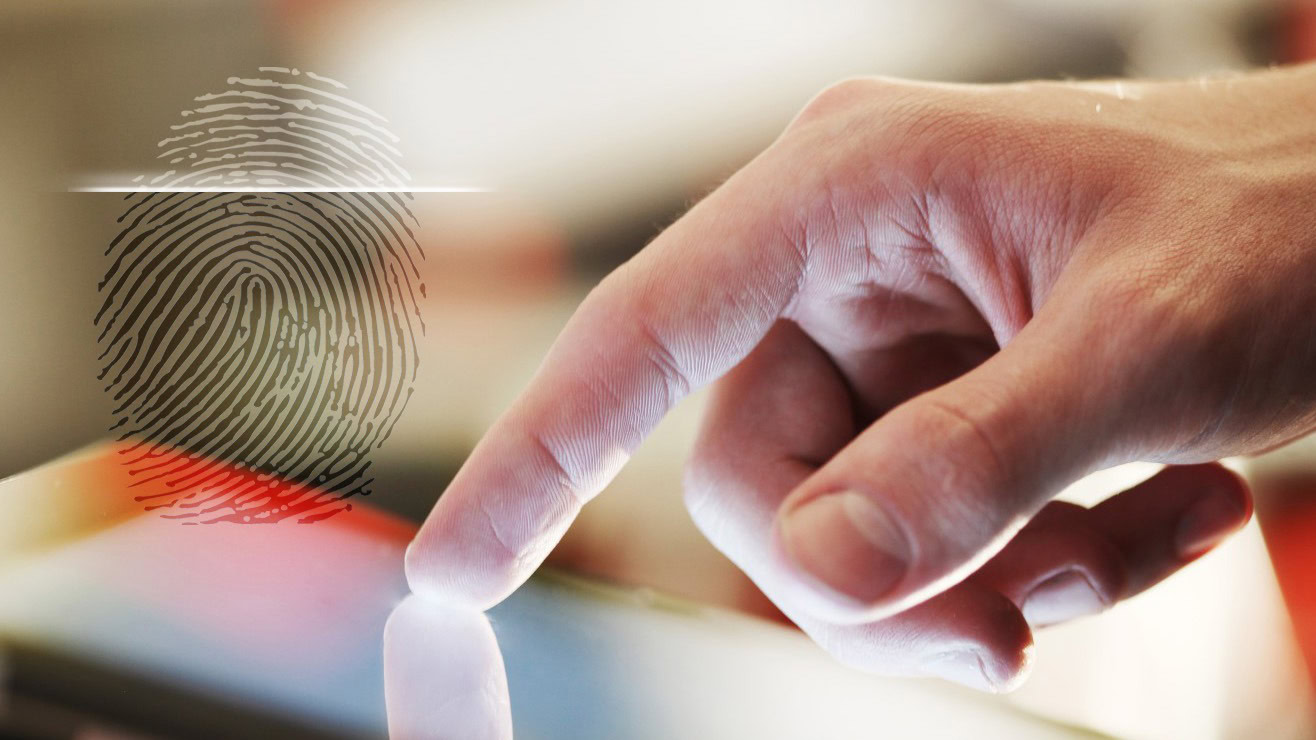Affiliate links on Android Authority may earn us a commission. Learn more.
Kuo: Samsung making progress with Note 9 under-display fingerprint reader

Fingerprint sensors are becoming ubiquitous – over 70 percent of smartphones shipped in 2018 will have one – but upcoming flagship devices may not feature a visible sensor at all. That’s because the industry is moving towards so-called under-display fingerprint readers, which are built into the screen and therefore don’t require a separate hardware element.
It remains to be seen who will be the first company to launch a device with an under-display sensor, but Samsung is likely in the lead.
According to a note sent to clients by respected analyst Ming-Chi Kuo of KGI Securities, Samsung may put an under-display fingerprint reader on the Galaxy Note 9, due in fall 2018.
Business Insider’s Kif Leswing, who saw the note, reports that Samsung has already received samples of this novel technology. Several specialized suppliers are said to be vying for Samsung’s business: Synaptics (which also supplies Apple), BeyondEyes (a Korean biometrics company), Samsung-group member Samsung LSI, and Egis (a Taiwan-based company that currently supplies conventional sensors to Samsung).
Out of the four, Kuo gives BeyondEyes and Samsung LSI the best shot at winning the contract, because their technology would allow the OLED screen to act as a light source for the sensor, saving battery life in the process.
Unfortunately, Business Insider didn’t share more details from Kuo’s research note. It’s difficult to tell for sure without seeing the full note, but it looks like the Galaxy S9 – due early next year – will not feature an under-display fingerprint sensor.

Samsung reportedly tried to embed a fingerprint sensor in the Galaxy S8 and Galaxy Note 8, but scrapped the idea because it ran out of time to implement it. If Kuo is correct (and this is not the first time he predicts this) we might have to wait another year to try it out.
Apple is in the same boat – the Cupertino company reportedly attempted to use an under-display sensor on the iPhone X. In the end, Apple opted to rely exclusively on 3D facial recognition for biometric authentication, in what many called a risky move.
For what is worth, Kuo sees facial recognition as the superior authentication method. The analyst recently claimed that Face ID gives Apple a 2.5-year lead against Android competitors.